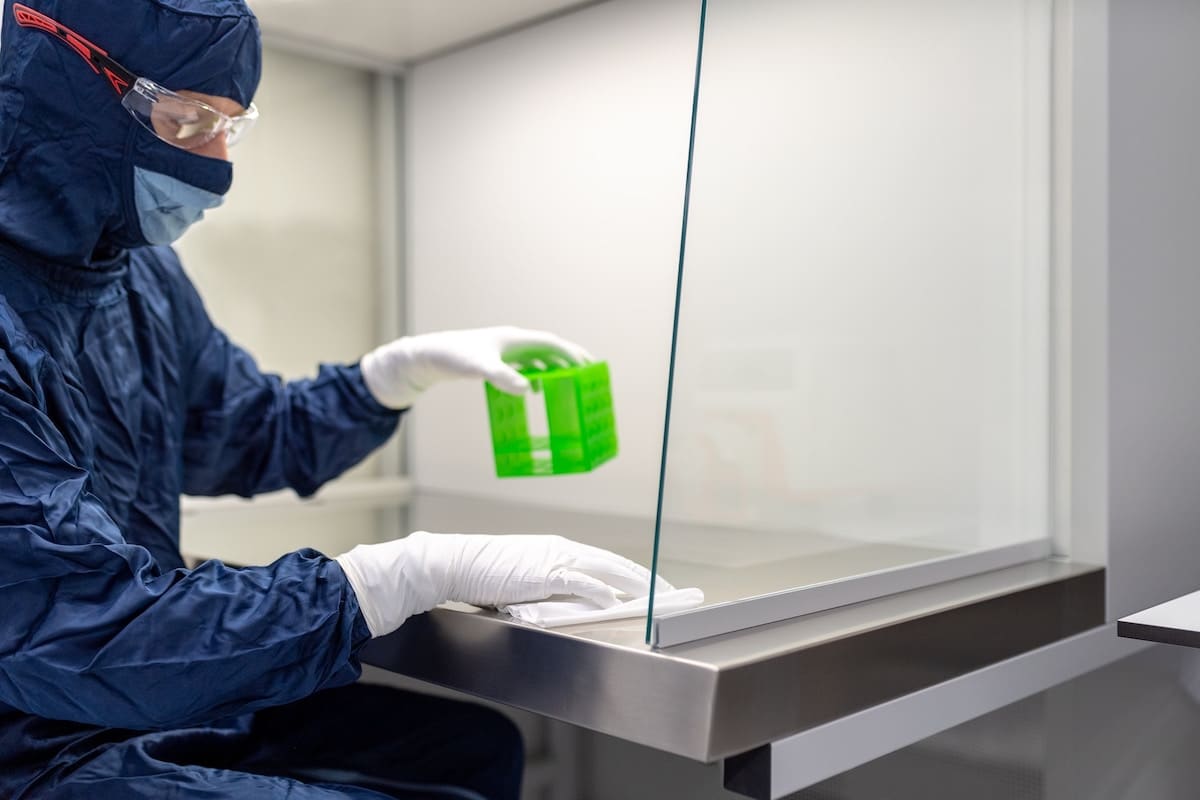Table of Contents
A portable cleanroom or a shipping container cleanroom is a mobile laboratory designed to create a controlled setting for testing and research. These cleanrooms are designed as a research facilities with controlled air pollutant levels, pressurization, temperature, humidity, and personnel access to meet critical environmental conditions. This enclosed space is particularly used by industries that require a controlled and monitored environment.
Cleanrooms are used by various industries and research facilities such as pharmaceuticals, life sciences, biotechnology, and food packing to protect products or processes from contamination. It is essential to control these potential contaminants to improve product quality, work safety, and research integrity. Cleanrooms are the best solution and help achieve all these objectives. Cleanrooms are housed with shipping containers to easily move to various locations.
Cleanroom Requirements
Another important requirement of a shipping container cleanroom is a clean environment. Cleanrooms are essentially the most important components of the production cycle because they allow processors and manufacturers to work in a safe environment and produce top-notch products.
For a room to be classified as a cleanroom, it must meet international standards regarding the number of microns per cubic meter.
Types of Cleanrooms
Once you realize the need for a clean room, you must understand which type you need. Cleanrooms generally fall into two main categories, i.e., traditional and modular.
Why Modular Cleanroom is a Better Option?
Although both these types have their own benefits; however, modular cleanrooms are becoming more popular for various reasons.
Expansion
One of the benefits of modular cleanrooms is that they allow a much higher possibility of alteration and expansion. Whenever you want to alter a modular cleanroom, you can do it without creating too much mess. These cleanrooms are easy to expand because expansion only adds an additional wall. So, if your cleanroom operations require flexibility, modular cleanrooms are the best options.
On the contrary, traditional cleanrooms cannot be easily expanded and moved to a new location. To do this, you must demolish the existing walls and systems and renovate them again.
Time
Another factor that needs to be compared is the installation. Installing a traditional cleanroom is a process and may take months to start and finish. On the contrary, modular construction is a far simpler process as all the components are already manufactured. Hence, it takes much less time to complete a modular cleanroom and start operations as soon as possible.
Installation Method
Traditional cleanrooms have to be constructed by professionals. Whereas modular cleanrooms can be comfortably built by your own staff after getting proper instructions from the manufacturer. Sometimes, the manufacturer offers installation services at a minute cost as a part of a modular cleanroom design package.
Cost
Generally, the cost of modular cleanrooms is less than their traditional alternatives. So, it’s a win-win situation here as well for modular cleanrooms.
Cleanroom Design Considerations
Several considerations must be put to the test while designing a cleanroom. Firstly, you need to consider the amount of space the mechanical equipment will take. It’s essential to keep flexibility in mind as this helps deal with issues of expansion and modification and the addition of new equipment if necessary.


